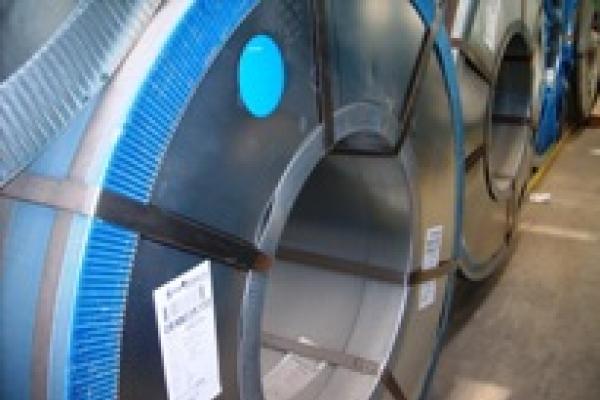Published: August 09, 2010
June 2005
While most Masters and Chief Officers are no doubt aware of the importance of ventilating cargoes during the voyage, it has become increasingly more common to find officers that are not aware of the specific requirements for proper ventilation of steel cargoes. Transit related damage to steel cargoes on account of improper ventilation practices and condensation related issues is on the increase.
In many cases, vessel Masters and/or Chief Officers are of the opinion that steel cargoes are to be ventilated as much as possible during periods of good weather. This practice, of course, gives no consideration to the prevailing humidity conditions, dew points and temperatures. In most cases, when ventilation is carried out in this manner without proper regard for dew point and relative humidity, condensation in the form of cargo sweat and/or ship's sweat will form resulting in potentially significant cargo claims.
Condensation related claims on steel cargoes, especially those delivered to the United States, have in the past proven to be costly and time consuming to defend. Over the past 2 years, high steel prices in the United States, due in part to the demand for steel in China and an increase in the domestic demand for steel, have resulted in a good secondary market and an overall low occurrence of significant cargo claims. The present trend, however, is for steel prices and demand to drop in the United States. As steel prices drop, the potential for costly steel cargo claims increases due to lower demand and a weak secondary salvage market.
An advice prepared by Technical Maritime Associates, Inc explains the steps to be taken in order to determine whether or not to ventilate a cargo hold loaded with steel. This advice, which can be downloaded
here, is reproduced here with kind permission of Murphy, Rogers, Sloss & Gamble.


